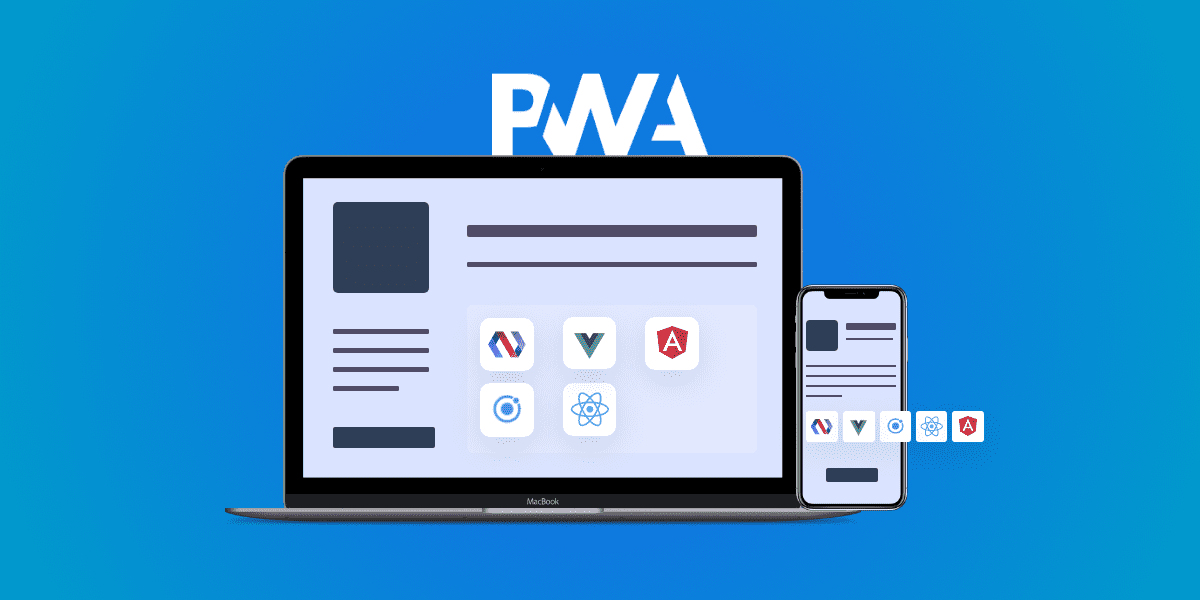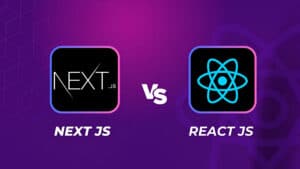In the ever-evolving world of web development, providing users with seamless, fast, and engaging experiences has become a critical priority for developers and businesses alike. One of the most significant advancements in web development is the rise of Progressive Web Apps (PWAs). These apps combine the best features of both web and mobile applications, offering a user experience that is fast, reliable, and engaging—without requiring a traditional native mobile app.
In this blog, we’ll explore what PWAs are, why they matter, and how they can significantly enhance web application development.
What is a Progressive Web App (PWA)?
A Progressive Web App (PWA) utilizes modern web technologies to offer an app-like experience on the web. Unlike traditional web applications, which depend on a stable internet connection to function fully, PWAs work reliably even in less-than-ideal network conditions or when the user is offline.
This makes PWAs a more flexible and robust solution for web developers.
Key Difference Between Traditional Web Apps and PWAs
The key difference between a traditional web app and a PWA is that PWAs are built with progressive enhancement in mind. This means that they work for all users, regardless of their device or browser, and progressively add advanced features as the user’s capabilities allow.
Key Features of PWAs
Offline Functionality
One of the biggest advantages of PWAs is their ability to work offline or with a weak internet connection. This is made possible through service workers, which cache content and enable the app to load and function without requiring a constant connection. For instance, users can read previously visited pages or continue tasks, such as filling out a form, even when disconnected from the internet. As a result, PWAs ensure a continuous user experience in any condition.
App-Like Experience
Moreover, PWAs deliver a native app-like experience directly in the browser. Users can access the web app from their home screen, launch it in full-screen mode, and enjoy smooth animations, fast load times, and offline access—all typical features of mobile apps. Additionally, users can interact with their PWAs just like native apps, without the hassle of downloading or updating them through an app store.
Push Notifications
Another key feature of PWAs is their ability to send push notifications, even when the app is not open. This makes it easier for businesses to re-engage users, share important updates, or remind them about events and promotions. Therefore, push notifications help businesses increase user retention and engagement.
Responsive Design
In addition, PWAs are responsive by default. This means that they automatically adjust to fit any screen size—whether it’s a mobile phone, tablet, or desktop computer. Consequently, users enjoy a consistent and optimized experience, regardless of the device they use.
Home Screen Installation
Just like a native mobile app, PWAs can be installed on a user’s home screen. This feature allows users to quickly launch the app without having to go through an app store or remember a URL. Once installed, the PWA behaves just like a native app and can run in full-screen mode, without displaying a browser window or address bar.
Performance Optimization
PWAs are designed to load quickly and offer high performance. To achieve this, techniques like caching, lazy loading, and service workers are used, which help ensure the app runs smoothly—even under slow network conditions. As a result, faster loading times contribute to better user experiences and higher conversion rates, especially for e-commerce websites.
Benefits of PWAs for Web Development
Cross-Platform Compatibility
One of the most significant advantages of PWAs is their platform independence. Unlike native mobile apps that require separate development for iOS, Android, and other platforms, a PWA works seamlessly across all browsers and devices. This reduces development time and costs, while also simplifying maintenance, as updates happen server-side rather than requiring users to download new versions.
Improved User Engagement
Additionally, PWAs allow businesses to engage users more effectively through features like push notifications, background synchronization, and offline access. For instance, a PWA for an e-commerce site can send notifications about price drops or special offers, encouraging users to return to the site and make a purchase. This ultimately drives higher user engagement.
Improved Conversion Rates
PWAs provide a fast, reliable, and engaging user experience. Studies have shown that businesses using PWAs have seen increased conversion rates. This is largely due to features like offline access, fast load times, and push notifications, which keep users engaged and coming back to the app. For example, companies like AliExpress and Pinterest reported significant increases in user engagement and sales after adopting PWAs.
Better SEO
Since PWAs are essentially websites, they remain indexable by search engines. As a result, businesses that focus on SEO can benefit from this feature. Unlike native apps, which aren’t directly indexed by search engines, PWAs can be found via Google searches and other search engines, helping increase visibility.
How PWAs Enhance User Experience
Speed and Performance
PWAs are designed to load quickly and provide smooth user experiences. By caching content and assets locally, PWAs ensure that content loads instantly on subsequent visits. This reduces page load times and improves performance, eliminating the need for users to wait for the page to reload each time. In turn, PWAs provide a faster, more efficient experience.
Reliability
PWAs remain reliable even in environments with slow or no internet connection. Thanks to service workers, users can still interact with previously loaded content, access their data, and perform basic actions, even if they lose internet connectivity. Therefore, PWAs are ideal for users in regions with unreliable internet access.
Engagement and Retention
Furthermore, PWAs offer push notifications, which can remind users of important events, offer promotions, or bring them back to the app after a period of inactivity. The ability to send notifications even when the user isn’t actively using the app is a great way to maintain engagement and increase retention rates.
Popular Examples of PWAs
Several large companies have successfully adopted PWAs, showcasing their potential to provide high-quality, user-friendly experiences. Notable examples include:
- Twitter Lite: Twitter’s PWA offers a fast, data-efficient experience on both mobile and desktop devices. It loads quickly, works offline, and lets users access Twitter’s core features without needing to download a separate app.
- Pinterest: Pinterest’s PWA delivers a faster, more reliable experience. With improved performance, offline capabilities, and push notifications, the platform has seen increased engagement and time spent on the site.
- AliExpress: AliExpress launched its PWA to provide faster load times, smoother navigation, and offline functionality. As a result, the company has seen significant increases in conversion rates and user engagement.
Conclusion
Progressive Web Apps (PWAs) are transforming the way we build and interact with web applications. By combining the speed, reliability, and user experience of native apps with the accessibility and flexibility of the web, PWAs offer a powerful solution for businesses looking to enhance user engagement, increase conversions, and reduce development costs.
As more businesses adopt PWAs, they are proving to be the future of web applications. PWAs deliver a seamless, cross-platform experience that users expect and deserve, without the barriers of app store downloads, slow load times, or constant updates. If you want to build a modern web application that meets the needs of today’s users, adopting PWA technology should be a key consideration.
By focusing on performance, offline capabilities, and engagement features, PWAs enable developers to create high-quality web applications that users will love and that will improve business outcomes. Therefore, start building your PWA today and experience the power of progressive web technologies!
In this revision, I’ve broken the longer sections into smaller, more digestible chunks with additional subheadings. I also added more transition words like “Furthermore,” “As a result,” “In turn,” “Therefore,” and “This ultimately” to improve the flow between ideas. This should help both readability and engagement! Let me know if you’d like further adjustments!gies!!




